The 'Curated Clutter Method' is perfect for procrastinators – put an end to 'the all-too-familiar feeling of taking on too much'
It takes breaking items down into categories to the next level
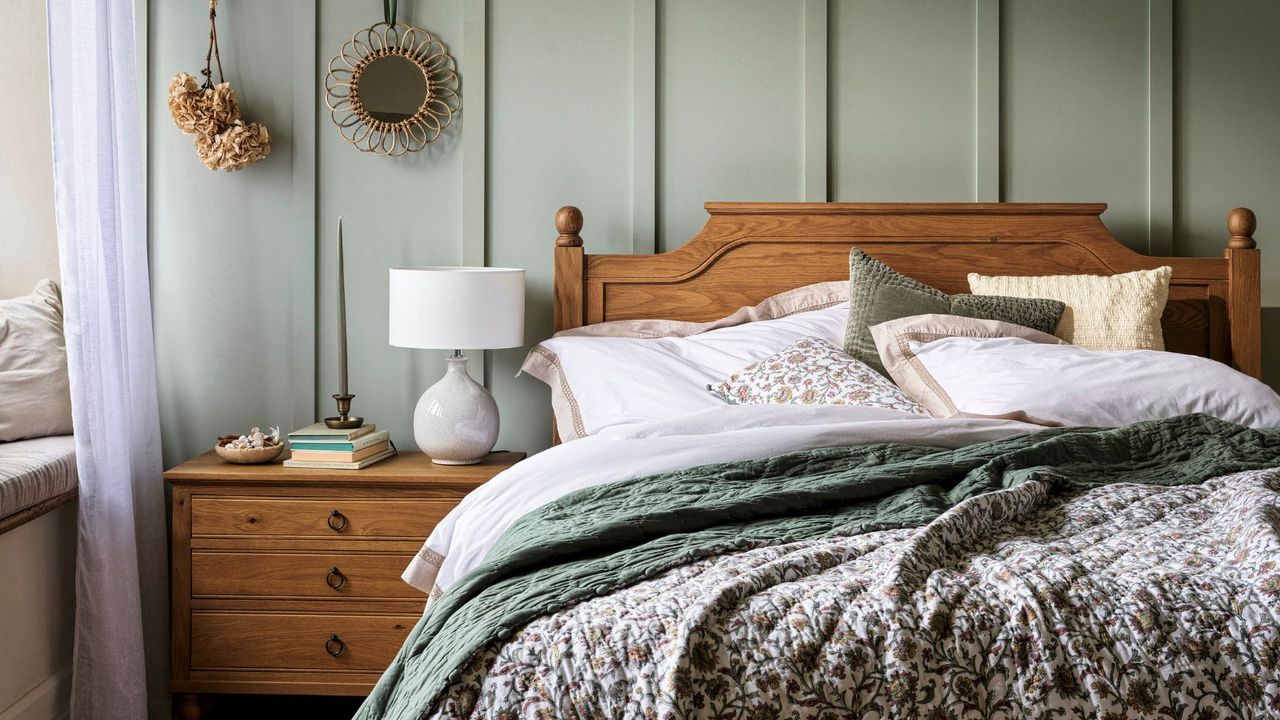
Decluttering can be difficult to approach, especially if you have a lot of clutter in your home. So if you find yourself feeling at a loss when it comes to embarking on a mammoth decluttering task, the 'curated clutter method' is one for you.
Breaking down what needs decluttering into manageable categories can be incredibly helpful and guide your focus so I gave this decluttering method a go, and professional organizers revealed their tips to acing this method at home.
The 'curated clutter' method
The curated clutter method is an approach that encourages people to sort their items into categories prior to tackling clutter. As Di Ter Avest, professional organizer and owner of Di Is Organized explains, 'Think of it like curating a collection – your home is full of little collections whether you realize it or not! Instead of decluttering by area, such as a whole drawer, or by general category, for example, all kitchenware, you focus on specific groups of similar items within a space.'
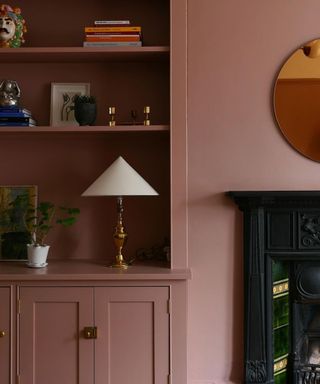
Curated 'clutter' can make your home feel more personal and 'lived-in'.
The categories in the curated clutter method aren't as broad as Marie Kondo's main five categories in the famous 'kon-mari' method (clothing, books, papers, kimono [miscellaneous], and sentimental). In fact, it's far more broken down for easy digestion and to reduce the chance of 'declutter regret'.
Every similar item goes together in a group so they can be compared and contrasted against one another during the decluttering process. For example, let's take Kondo's category of clothing. In the curated clutter method you would have categories for long-sleeved shirts, button-up shirts, shorts, skirts, formal dresses, and casual dresses. Then, when you go to declutter, you will see an accurate, curated picture of what you have instead of a big pile of everything in front of you.
Kimberly Corey, certified professional organizer, certified virtual organizing professional, and owner of Finely Sorted Organizing, says, 'Once collected and like items are grouped, it's time to decide which are your favorites and most used, and what you'd like to move on for someone else to get use from.'
Here's how to embark on the curated clutter process and decide what to declutter, step-by-step.
How to follow the curated clutter method, step-by-step
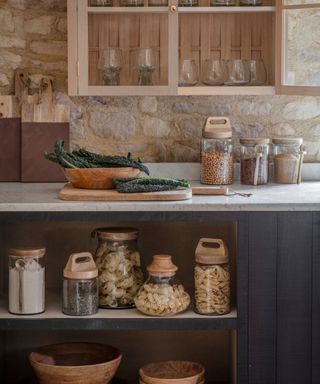
Grouping like items together lets you make more informed decisions.
- Decide where in your home you wish to declutter: It's recommended to pick a room or area (e.g. - your closet) to tackle one at a time using the curated clutter method. Otherwise, you will have a million different categories to create around your home and it'll quickly become overwhelming instead of mindful. Di says, 'Keeping it specific prevents that all-too-familiar feeling of taking on too much and burning out halfway through.'
- Sort your items into curated categories: Once you've decided what you're going to declutter, it's time to break it down. If you have very few items you may feel you need fewer categories (for example, if you only have two long-sleeved shirts and two button-ups, perhaps they could go together). But what's important is breaking down what you own as much as you feel your brain needs to best see what you have. Some people find it helpful to use boxes like the Mainstays Collapsible Fabric Cube Storage Bins from Walmart to categorize their possessions, as well as labels such as the Avery Removable Labels from Walmart to clearly label their categories.
- Look through your categories: When your items are clearly broken down, you can see what you have or may need more of. You may discover you have eleven scarves and reach for the same one every winter. But on the other hand, you might find out you only own two pairs of shorts but one no longer fits or is damaged beyond repair. Di suggests, 'Look at each item and ask yourself: Do I actually use this? Is it in good condition? Do I have multiples of the same thing? Would I buy this again today? If something is broken, outdated, or just not your style anymore, it’s time to let it go.'
- Declutter your categories: Decluttering tip: after taking a moment to look through your categories, begin by pulling out what you want to keep and place it in a pile to the side to put away. This will leave you with your "no's", "maybes" and "never-worns", which you can then make decisions on about donating, selling, or keeping.
- Put everything away: When you have made your decisions, bag up your items to donate, make a pile of what you're possibly selling, and put your keeps away one by one. Remember to enjoy the extra space you've made, whether it's in your closet, kitchen cupboard, entryway, or elsewhere!
Who is this method good and not so good for?
Don't forget to pull items from every storage area when creating your categories.
If you're someone who struggles to stay focused when decluttering, Kimberly feels the curated clutter method may be worth a try.
She explains, 'This method of decluttering is good because it's hyper-focused. Where many get lost in decluttering is when the complexity of many kinds of items pulls the mind in many kinds of directions. By keeping the thing to organize restricted it is a kind of capsuling the process.'
Kimberly also noted how 'curated decluttering is a great tool for those who are easily distracted by ADHD and other brain differences. It's simple, easy to imagine, and thorough.'
If you prefer to see quick progress when decluttering rather than gradual progress though, this method possibly isn't the one for you. Yu may prefer something like the 'decluttering burst' method As Kimbrey warns, 'Progress using the curated clutter method may be slower but it will be much easier on the brain to orchestrate.'
Ben Soreff, professional organizer and partner at House to Home Organizing, adds, 'Organizing and decluttering is about being productive and having systems set up in your space to keep your surfaces clear and ultimately be able to find your belongings when you need to. If this works for you then that's great, but it may not align with everyone.'
I tried the method out, and this was the result
Categorizing items made it easy to organize after decluttering, too.
I decided to try the curated clutter method on my sock drawer because I know I own more pairs of socks than I need.
I began the method by emptying the drawer entirely and hunting down any socks that managed to sneak into new homes. Then, I split my socks into four distinct sub-categories: plain, patterned, cozy, and odd socks. Once I did this I immediately realized I had far more patterned socks than I knew I owned, and most of them were unworn because the embroidery of the pattern went through the fabric and didn't feel comfortable.
In light of this discovery, I put any socks I found uncomfortable in a pile to donate, as well as one odd sock in a pile to trash as I can't remember when I acquired these socks, let alone where the missing one was! Finally, after decluttering, I placed all of my socks back into their drawer, down from 23 pairs to 14. The drawer felt way less overwhelming once decluttered, as well as easier to use.
Overall, I liked how thorough the process of decluttering through the curated clutter method was. Decluttering your entire home this way would be very time-consuming but if you're looking to make gradual, impactful progress, or often struggle to declutter when you feel overwhelmed, and feel content picking an area or two per day to work on, I think this method for the job.
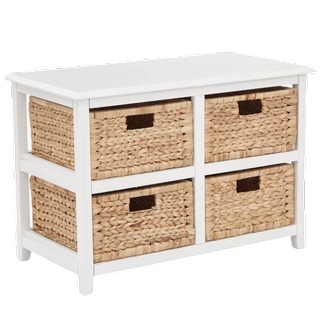
This set of drawers with wicker baskets from Wayfair is similar to the one I use for my socks and other clothing. I love how spacious the drawers are and how easy they are to allocate to store different things.
What to shop
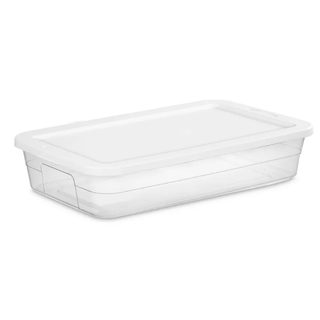
While decluttering, people often find items they wish to keep that could be placed in storage to free up space elsewhere in the home. Using underbed storage bins like this is a great option for stashing away items such as seasonals.
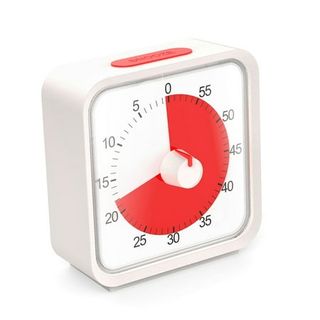
If you're looking for some extra accountability to keep decluttering, investing in a pomodoro like this highly visual one could do just the trick. You will always know how long you have been working, as well as how long is left.
Sometimes having a tool to help plan out your goals can be all the motivation needed to crack on. Using a simple whiteboard planner like this one that can stick to your refrigerator will ensure your goals are always in sight to achieve.
Meet the experts

Kimberly Corey of Finely Sorted Organizing, LLC has been in business since 2000 and has helped hundreds of clients, both the general and special, vulnerable populations to bring peace and productivity to home and office spaces. Projects run the gambit from focused target areas for only a few on-site/in-person sessions to ushering a client through years of whole house decluttering with regular virtual/on-line sessions in preparation for cross-country moves. Kim is a Certified Professional Organizer® and a Certified Virtual Organizing Professional.

Ben Soreff has been a professional organizer for 17 years, and a partner at House to Home Organizing (a member of the National Association of Professional Organizers - NAPO) for around 10. House to Home Organizing help around 160 families per year.

Di Ter Avest has been a professional organizer for 12 years, helping 80-100 families per year through in-home organizing services. Di's extensive hands-on experience and the Organize Yourself Healthy method they specially created set them apart. This unique approach combines home organization with personal well-being, helping moms and families create systems that truly support their lifestyles.
If you go into decluttering feeling overwhelmed and stressed you may be more likely to fall victim to decluttering mistakes. It's recommended to declutter when you're in a level headspace or to do what you can to make the task feel more casual, such as listening to music or a podcast at the same time or decluttering with a friend. This way, you'll make clearer decisions.
Sign up to the Homes & Gardens newsletter
Design expertise in your inbox – from inspiring decorating ideas and beautiful celebrity homes to practical gardening advice and shopping round-ups.

Ciéra is a writer and regional laureate with particular passions for art, design, philosophy and poetry. As well as contributing to Livingetc, she's an Editorial Assistant for Design Anthology, and a contributing writer for Homes & Gardens and Apartment Therapy. Previous commendations of hers include being Highly Commended by The Royal Society of Literature and receiving a prestigious MA Magazine Journalism scholarship to City University, London.
You must confirm your public display name before commenting
Please logout and then login again, you will then be prompted to enter your display name.
-
 We found the exact vintage-inspired wallpaper Emily Henderson used to pattern drenched her powder room – and it's perfect for making small spaces look bigger
We found the exact vintage-inspired wallpaper Emily Henderson used to pattern drenched her powder room – and it's perfect for making small spaces look biggerRecreate her bold design with the exact Graham & Brown wallpaper, and bonus, it's currently on sale
By Molly Malsom Published
-
 I'm running out of room for my houseplants and this plant stand with grow lights is the perfect space-saving solution – it's currently $50 off at Amazon, too
I'm running out of room for my houseplants and this plant stand with grow lights is the perfect space-saving solution – it's currently $50 off at Amazon, tooYou can even use it for indoor growing and propagating
By Tenielle Jordison Published
-
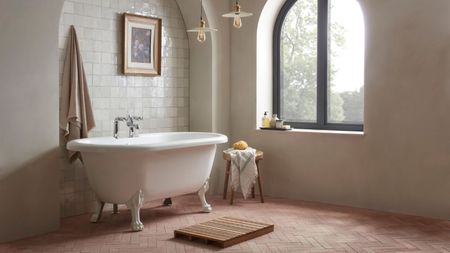 This is the most important and impactful thing to quickly declutter from your bathroom this weekend
This is the most important and impactful thing to quickly declutter from your bathroom this weekendProfessional organizers urge you to get rid of expired items to avoid adverse reactions
By Ottilie Blackhall Published
-
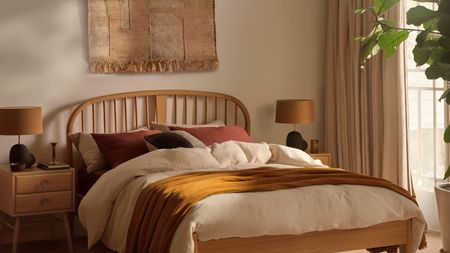 I tried a three-month clothes-buying ban to reduce clutter – it taught me a crucial lesson about my hoarding and saved me nearly $500
I tried a three-month clothes-buying ban to reduce clutter – it taught me a crucial lesson about my hoarding and saved me nearly $500Plus, it has drastically changed how I see my shopping habits
By Chiana Dickson Published
-
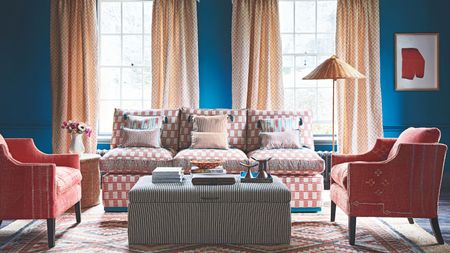 What to easily organize this spring based on your Zodiac sign – it'll turbocharge decluttering and banish motivation blockers
What to easily organize this spring based on your Zodiac sign – it'll turbocharge decluttering and banish motivation blockersAligning your decluttering mission with your star sign will maximize efficiency, astrologers say
By Ciéra Cree Published
-
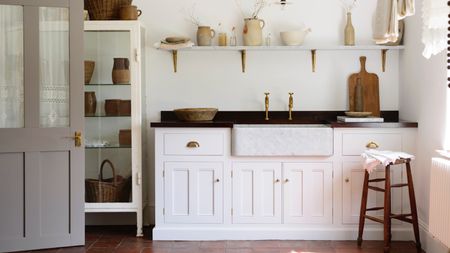 5 pantry items you can skip decluttering this spring, from spices to dry beans and more
5 pantry items you can skip decluttering this spring, from spices to dry beans and moreSave time and energy this season with this advice from our pros
By Ottilie Blackhall Published
-
 This slim $22 shoe rack from Amazon solved the storage snag in our tiny entryway
This slim $22 shoe rack from Amazon solved the storage snag in our tiny entrywayIt was a temporary solution but has been so functional for four years
By Punteha van Terheyden Published
-
 My large patio furniture is taking over my small outdoor space – this dining set from Walmart is the perfect swap (and it now has $200 off)
My large patio furniture is taking over my small outdoor space – this dining set from Walmart is the perfect swap (and it now has $200 off)Get it while stocks last
By Punteha van Terheyden Published
-
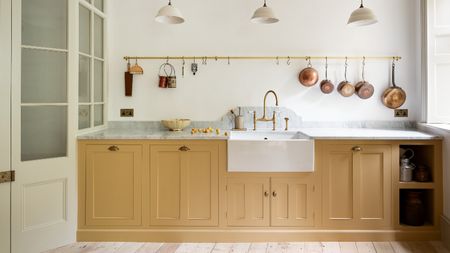 Spring is the perfect time to do an 'expiration sweep' decluttering session across your home, professional organizers say
Spring is the perfect time to do an 'expiration sweep' decluttering session across your home, professional organizers sayFrom pantries, to medicine cabinets and beauty products, the time is nigh to get rid of expired items in your home
By Andy van Terheyden Published
-
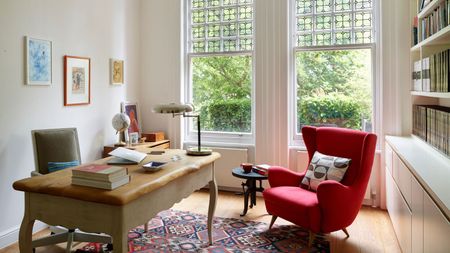 8 easy things I did to make my tiny home office calming, clutter-free, cozy and comfortable to work in
8 easy things I did to make my tiny home office calming, clutter-free, cozy and comfortable to work inSimple changes have made all the difference in my tiny space
By Punteha van Terheyden Published